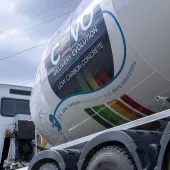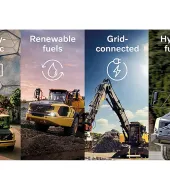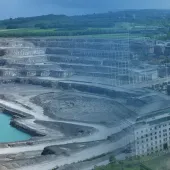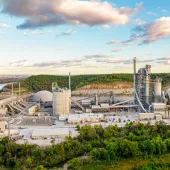Largest CCUS project to date for HeidelbergCement
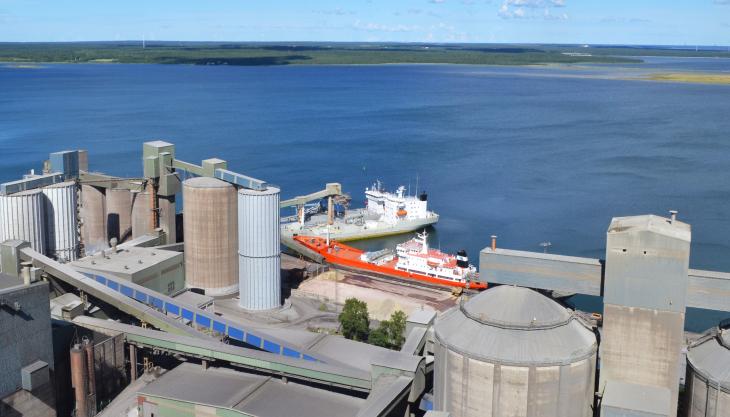
Installation at Slite cement plant in Sweden to be scaled to capture up to 1.8 million tonnes of CO2 annually
HEIDELBERGCEMENT and their Swedish subsidiary Cementa are stepping up their activities with one of Sweden’s largest climate-transition initiatives.
At a press conference today (30 May), the promising results of the pre-feasibility study for a carbon capture and storage (CCS) facility at Cementa’s plant in Slite were presented. A new grant from the Swedish Energy Agency will support the next steps towards carbon-neutral cement production in Sweden by 2030.
‘Just a few days ago, we published new sustainability targets, underlining the importance of CCUS as one key lever to almost halve our CO2 footprint by 2030, compared with 1990, and achieve Net Zero by 2050 at the latest,’ said Dr Dominik von Achten, chairman of the managing board of HeidelbergCement.
‘Slite CCS is the largest CCUS project yet in our Group and the cement industry, and also a model for what will be achievable with CCUS beyond 2030. As this initiative contributes considerably to the climate ambitions of Sweden and is a unique project for us in terms of scale, we are keen to make it happen.’
The Slite plant has a favourable location directly adjacent to a sea harbour, and there are several storage solutions under development in the North Sea where ‘Northern Lights’ is the most advanced today.
The installation at the Slite cement plant on the Swedish island of Gotland will be scaled to capture up to 1.8 million tonnes of CO2 annually, which corresponds to the plant’s total emissions and is equivalent to 3% of the country’s total emissions.
Additionally, the use of bio-based fuels in cement production at Slite will be increased in line with HeidelbergCement’s commitment to significantly raise the share of biomass in the fuel mix. The full-scale capturing of the plant’s CO2 emissions is targeted by 2030.
In the pre-feasibility study, amine capture was found to be the most suitable technology. The implementation of the capture facility requires significant rebuilding and extension measures to the plant – a process that is starting now so as to meet the schedule. The power demand will also increase significantly.
‘As we capture and store CO2 from cement production, including emissions from bioenergy, we will be able to manufacture carbon-free cement for the Swedish construction industry,’ said Giv Brantenberg, general manager of HeidelbergCement Northern Europe.
‘Regarding the project planning and execution, we will benefit greatly from our experience gained with the Brevik CCS project in Norway, which is under construction [and due] to be operational in 2024.
‘We welcome and rely on the commitment and support from our partners and are confident that we will solve important issues such as energy supply and co-financing as well.’



